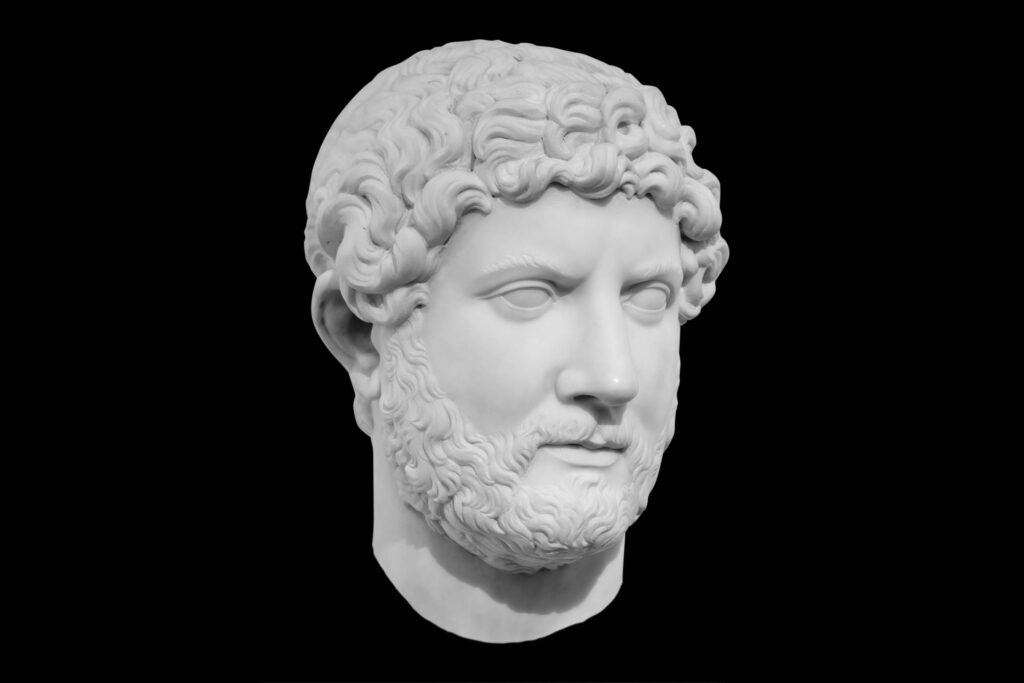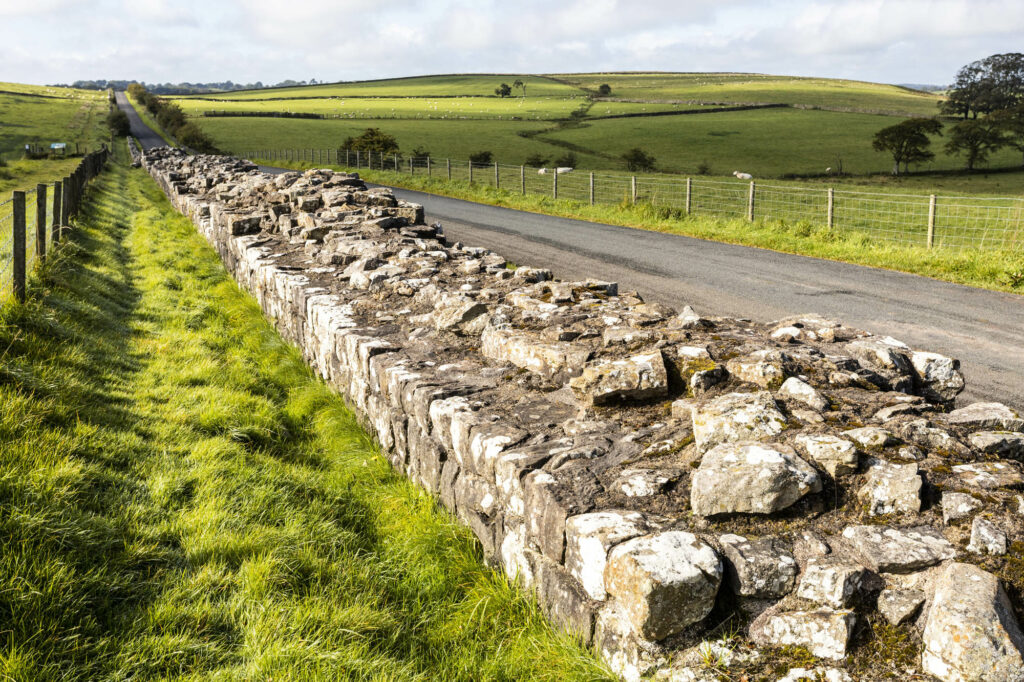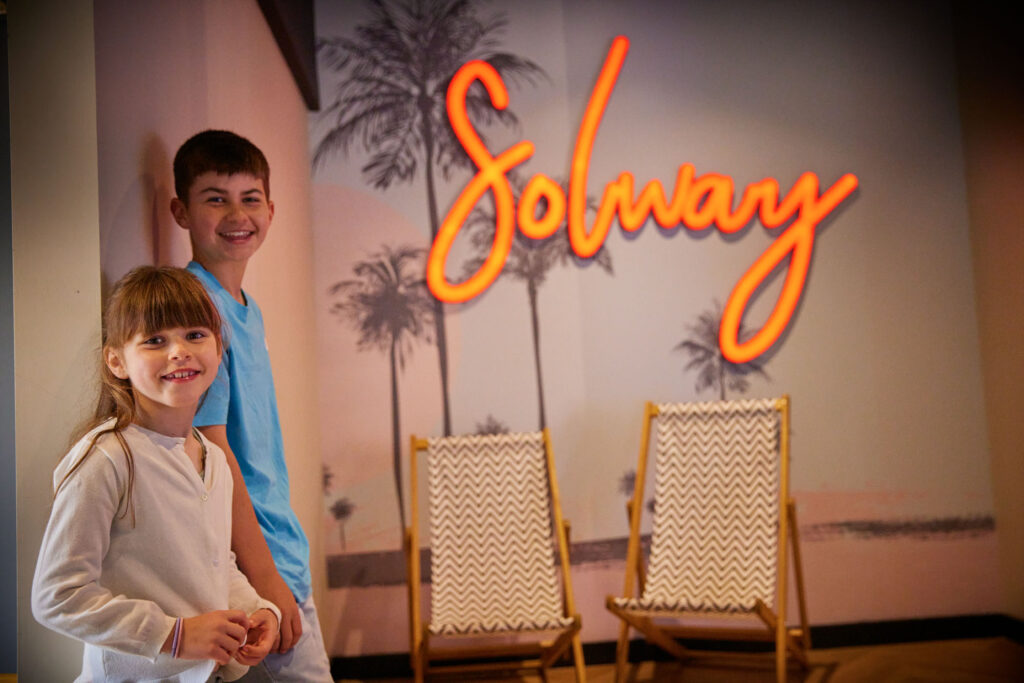Located on the Cumbrian coast, Solway Holiday Park is the ideal gateway to the Lake District and lies within a stone’s throw from some of the most iconic sites in the country. From its vast mountain ranges, including England’s tallest peak, Scafell Pike to the historic town of Windermere – one of the most impressive sites however, lies within just an hour’s drive from the holiday park. Sitting just past Carlisle is the UNESCO World Heritage-listed site, Hadrian’s Wall.

Unravel the History
Built in AD 122 by Emperor Hadrian after his visit to Britain, this 73-mile road stretched across Britain from Wallsend on the River Tyne in the east to Bowness-on-Solway in the west. This awe-inspiring structure was designed not only to defend Roman Britain from the northern tribes but also indented to showcase the might and ingenuity of the Roman Empire. By the time Emperor Hadrian had come to power, Roman occupation in Britain was already well established, it was no longer about expanding their territory, instead, they wanted to protect what they had. The wall served as a last line of defence, helping a small number of Roman soldiers shore up their forces against the Picts. To Hadrian, these possessed a real threat and frequently raided Roman territories, stealing cattle and capturing slaves.
Despite the impressive fortress preventing cavalry from crossing, the wall was still raided numerous times during the Roman occupation. In the late third century, the Picts had formed an alliance with the Scotti, the Saxons, and the Franks and in what is now known as “The Barbarian Conspiracy”, they pillaged Roman outposts and murdered two high-ranking military offices as they invaded lands beyond York. By the 5th century, Roman influence had faded, and Britain had left the Empire, but nearly 2000 years later the wall still remains. Today, the legacy of Hadrian’s Wall endures through the surviving sections and the countless stories etched into its stones. Today you can explore and connect with this ancient monument, stepping back in time and seeing first-hand the impact Roman civilization has had on Britain’s history.

The Lost Legion
The mystery of the lost Ninth Legion has captured the imaginations of storytellers and popular culture alike. It has been the subject of novels, movies, and documentaries, each offering its interpretation of what might have befallen this esteemed legion. The Legio IX Hispana (9th Spanish Legion) had been stationed in Britain in 43 AD and was one of Rome’s oldest, most reliable, and most formidable fighting forces. They were considered by many throughout the Empire as one of Rome’s elite legions – yet by the year 120 AD the legion disappears from Roman records. In 108 the Ninth Legion were stationed north in York, helping with the rebuilding of the legionary fortress, before being sent along the border to help fight against oncoming threats of invasion.
From this point on, the fate of the legion has been the subject of numerous theories and speculation. Some historians believe that the legion was perhaps redeployed to other parts of the Empire or destroyed in Armenia during the “Parthian War”. However, the most popularised view comes from the 1954 novel “The Eagle of the Ninth’ by Rosemary Sutcliffe which is set during the rise of the Brigantes against Roman rule on the border. The novel paints a picture of the Ninth Legion marching into the mists of Scotland, never to be seen again. The disappearance of the ninth legion and the persistent attacks by Scotland’s tribes would have most likely been a strong reason for the building of Hadrian’s Wall just a few years later. A visit to Hadrian’s Wall will allow you to delve into the heart of this ancient mystery, it is often said by locals that the ghosts of this legendary legion can be seen wandering the hills along the border.

Visiting Hadrian’s Wall
Today around 100,000 people visit Hadrian’s Wall every year, with around 7,000 choosing to hike across the distance. For those looking to explore its ruins, the visitor centre lies just past Carlisle in Brampton – just over an hour’s drive from Solway Holiday Park. Alternatively, those seeking to explore beyond the western side of the wall can hop on the train operated by Northern Rail. The Hadrian’s Wall Line runs across England from Carlisle to Newcastle, following the route of Hadrian’s Wall.
The remains of the wall itself are not always visible from the train, but the railway passes through many pretty former Roman towns and villages, towards the edge of the beautiful Northumberland National Park. As you visit Hadrian’s Wall from Solway Holiday Park, you will undoubtedly leave with a deeper understanding and appreciation for the magic of history and the remarkable tales that lie within the stones of Hadrian’s Wall.

Solway Holiday Park: The Perfect Base
Our holiday park Solway is the perfect base to explore the rich history and dramatic landscape of Hadrian’s Wall. We’re pet friendly so you can bring along your four-legged friends, and then indulge yourself in one of our luxury hot tub chalets, or simply enjoy a break with the family in one of our holiday caravans or camping on our touring site. We have the perfect holiday accommodation to suit every need and budget.


















